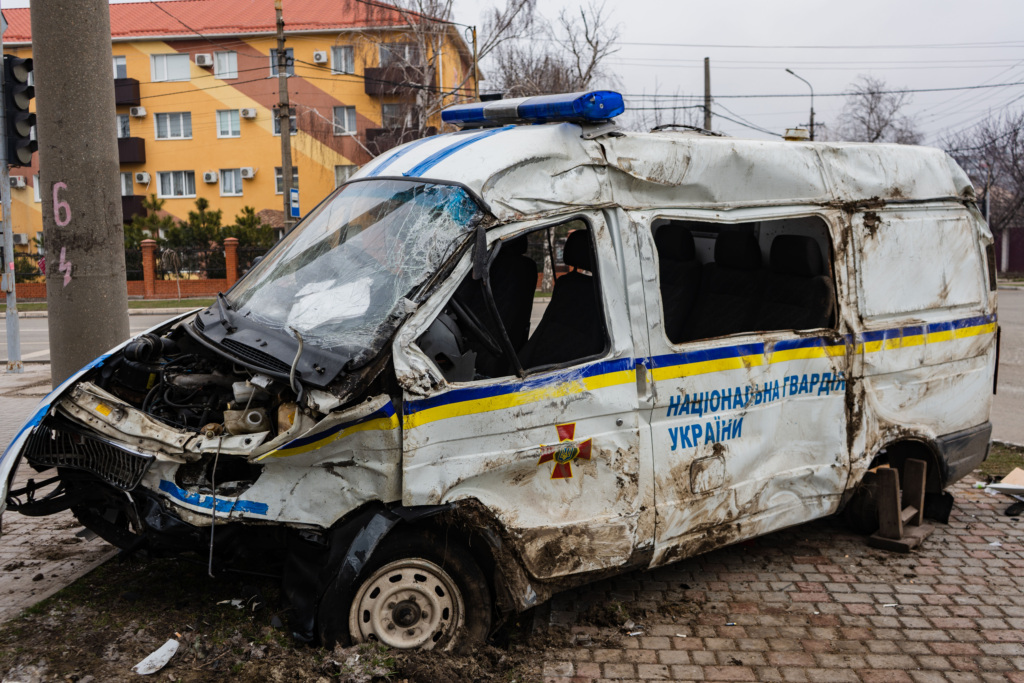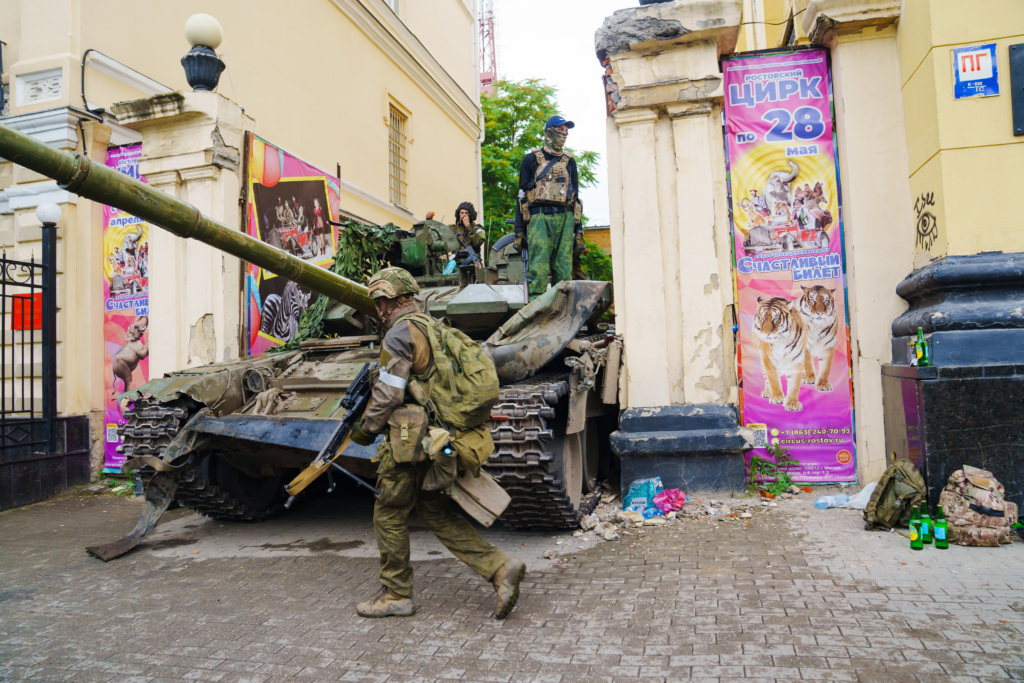
Ukraine
48,000
Approximately 48,000 prisoners signed on with the Wagner Group to fight in Ukraine.
17,000
At least 17,000 Wagner-recruited prisoners died in the battle for Bakhmut alone.
136
According to ACLED data, Wagner engaged in at least 136 documented military clashes in Ukraine between 2022 and 2024.
BACKGROUND
After returning to Ukraine in spring 2022 as part of Russia’s full-scale invasion, the Wagner Group played an instrumental role in Russia’s war effort, mobilizing forces (including prisoner units), capturing cities such as Popasna, Lysychansk, Severdonetsk, Soledar, and Bakhmut, and marshaling its brand—including a network of social media platforms and bloggers—to advance pro-war messaging and recruitment. Simmering disagreements between Wagner Group chief Yevgeny Prigozhin and the Ministry of Defense erupted in June 2023, sparking a brief mutiny that eventually led to the restructuring of Wagner personnel into other formations, such as the National Guard. A United Nations panel of experts, Western governments, and Ukrainian human rights organizations have presented evidence that the group has engaged in war crimes and violence against civilians in Ukraine.
Initial Deployment and Major Battles
Accounts vary as to when Wagner Group forces were initially deployed to Ukraine. Prigozhin said Wagner forces made their first foray in the east on March 19, 2022; Putin in his public statements indicated that Wagner first deployed in May. While Prigozhin claimed that he was only consulted on March 16, mere days before Wagner units arrived in Ukraine, some evidence suggests that Wagner-affiliated forces began preparing to deploy in the fall of 2021. Wagner forces participated in major battles, including at Popasna, Severodonetsk, Soledar, Bakhmut, and Lysychansk. Wagner’s involvement intensified in July 2022 as prison recruits arrived at the frontlines. Overall, some 48,000 prisoners signed on with the Wagner Group in Ukraine, including at least 17,000 who died capturing Bakhmut.

Legal Proceedings and Potential War Crimes
In early February 2023, Ukraine’s Office of the Prosecutor General (OPG) brought criminal charges against Prigozhin, saying that he and the Wagner Group are responsible for thousands of war crimes. A month later, a Ukrainian court convicted and sentenced a Belarusian national fighting as a mercenary for the Wagner Group, marking a major development that could serve as a model for future cases. The OPG has also charged Wagner Group fighters with committing atrocity crimes in the rural town of Motyzhyn, not far from Bucha and about a 45-minute drive west of Kyiv, though those implicated are likely former Wagner fighters drafted into Redut.
Military Activities and Tactics
According to data from the Armed Conflict Location & Event Data Project (ACLED), Wagner engaged in at least 136 documented military clashes, primarily around Popasna and Bakhmut, between 2022 and 2024. While numerous acts of violence against civilians occurred in Wagner’s area of operations, ACLED does not directly attribute these to the group. Wagner Group activity peaked in July 2022, January 2023, and March 2023.
Wagner’s operations primarily concentrated on the area between Luhansk and Bakhmut, with occasional appearances elsewhere to impede Ukrainian military efforts. The group spearheaded challenging objectives, notably the prolonged assault on Bakhmut from July 2022 to May 2023, which became known as the “Bakhmut meat grinder.” This pressure on the frontline allowed Russian regular forces to probe other areas.
Known for being better trained and more organized and nimble than regular Russian forces, Wagner’s tactics evolved as casualties mounted. The group increasingly relied on less-trained penal colony troops and human wave assaults, particularly in Bakhmut. This shift was partly due to logistical challenges, which culminated in Wagner threatening to withdraw from Bakhmut in May 2023. Shortly after Russia claimed control of the city, Wagner withdrew from the frontlines.

Aftermath and Restructuring
Wagner’s deployment in Ukraine highlighted the Russian military’s need for specialized assault capabilities. The irregular force’s semi-independent status, readiness, and reputation initially made it an attractive option for difficult objectives. However, the pyrrhic nature of victories like Bakhmut led to growing dissatisfaction within Wagner’s ranks. This discontent culminated in Wagner’s aborted march on Moscow on June 23–24, 2023, demonstrating the potential challenge posed by irregular forces to state authority. Subsequently, many former Wagner personnel have been integrated into alternate military formations, such as the National Guard’s “Tuning Fork” detachment.
About this Project
Learn more about our work investigating and documenting Russia's irregular warfare strategy.
